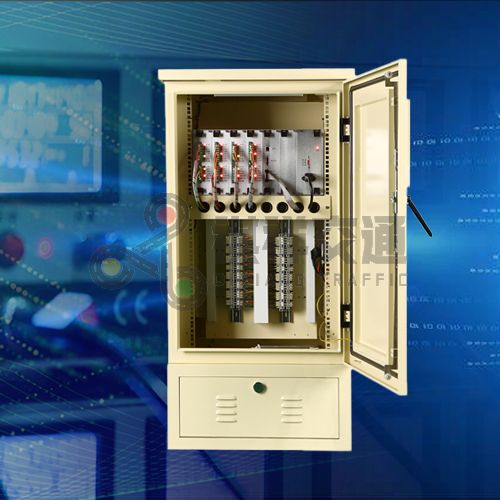How are traffic lights controlled? The answer lies in traffic signal controllers, which are vital devices in managing the flow of traffic at intersections. In this article, we’ll explore the role of traffic signal controllers and how they work to ensure vehicles move smoothly and efficiently on the road.
What is a traffic signal controller?
Traffic signal controllers are computerized devices that control traffic lights at intersections. Its main function is to assign the right of way to different traffic movements by determining when each group of vehicles should have a green light. These controllers are usually installed in cabinets near intersections.
The controller operates based on a set of predefined algorithms that take into account various factors such as traffic volume, time of day, and pedestrian activity. They help optimize overall traffic flow and reduce congestion. The algorithm uses inputs from various sensors, detectors, and timers to calculate the most efficient way to assign green times to different traffic flows.
What does the traffic signal controller consist of?
A common sensor used in traffic signal controllers is the vehicle detection sensor. These sensors are usually installed on sidewalks and can detect the presence of vehicles waiting at intersections. When the vehicle reaches a red light, the sensor sends a signal to the controller, which then determines the appropriate time to change the light to green.
Pedestrian detectors are another important component of traffic signal controllers. These detectors are usually placed near pedestrian crossings and can detect whether there are pedestrians waiting to cross the road. When a pedestrian is detected, the controller will assign a longer green time to the crosswalk to ensure pedestrian safety.
In addition to sensor inputs, traffic signal controllers use timers to regulate traffic flow. Timers are usually programmed to coordinate traffic patterns throughout the day. For example, during rush hour, timers can be set to allocate more green light time to major roads to accommodate higher traffic volumes.
Modern traffic signal controllers are often connected to centralized traffic management systems. The system allows traffic engineers to remotely monitor and control multiple intersections. By analyzing real-time traffic data and adjusting signal timing accordingly, engineers can optimize traffic flow across road networks.
In summary, traffic signal controllers play a vital role in managing traffic lights and ensuring efficient traffic flow. By utilizing inputs from sensors, detectors, and timers, these devices assign green light times to different traffic flows according to predefined algorithms. As technology advances, traffic signal controllers are becoming more sophisticated and integrated with centralized traffic management systems, ultimately leading to safer and more efficient roads for all.
If you are interested in traffic signal controller, welcome to contact traffic signal controller manufacturer Qixiang to read more.
Post time: Jul-04-2023







